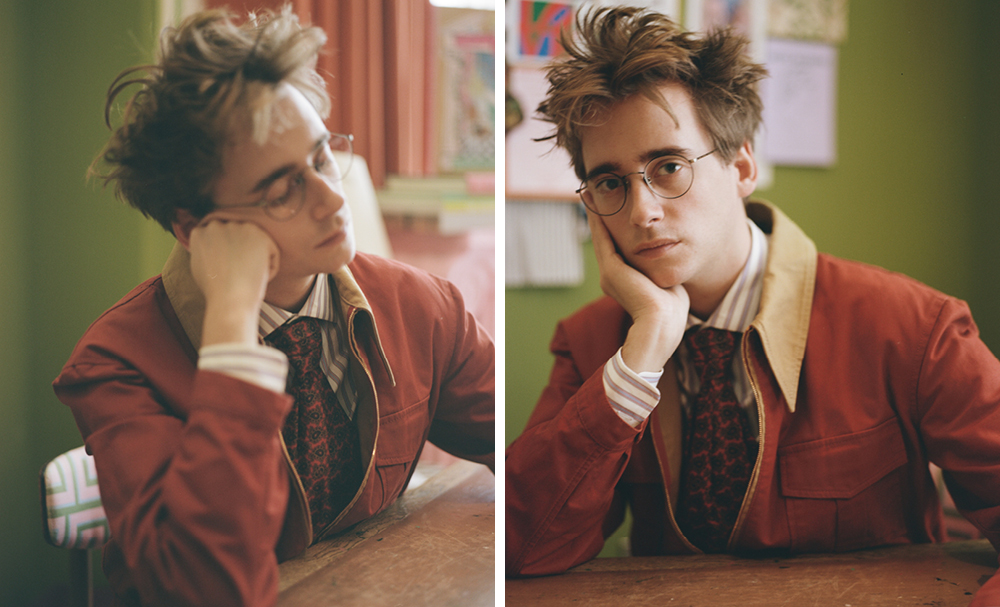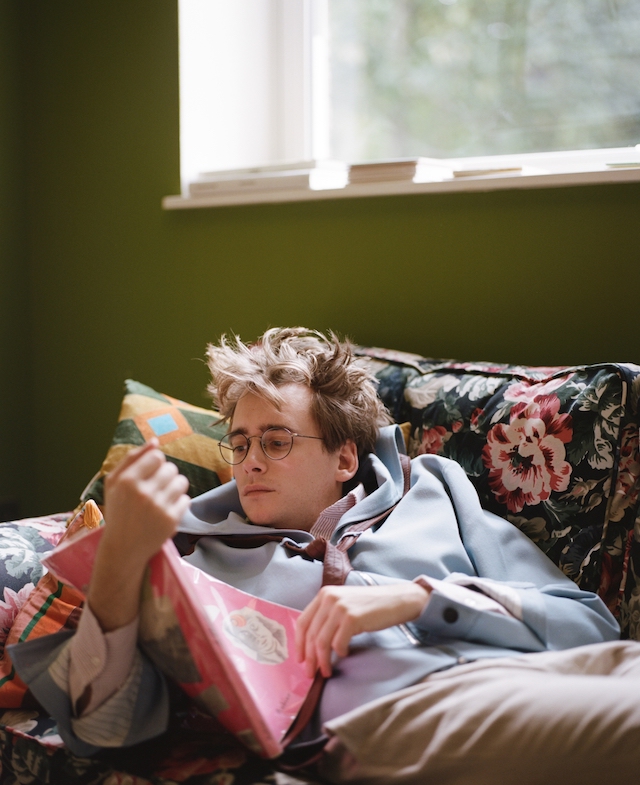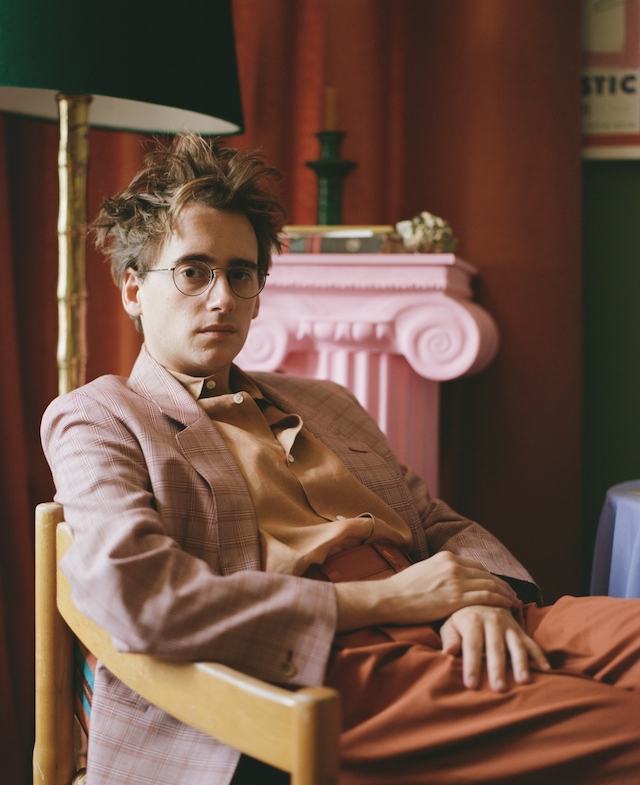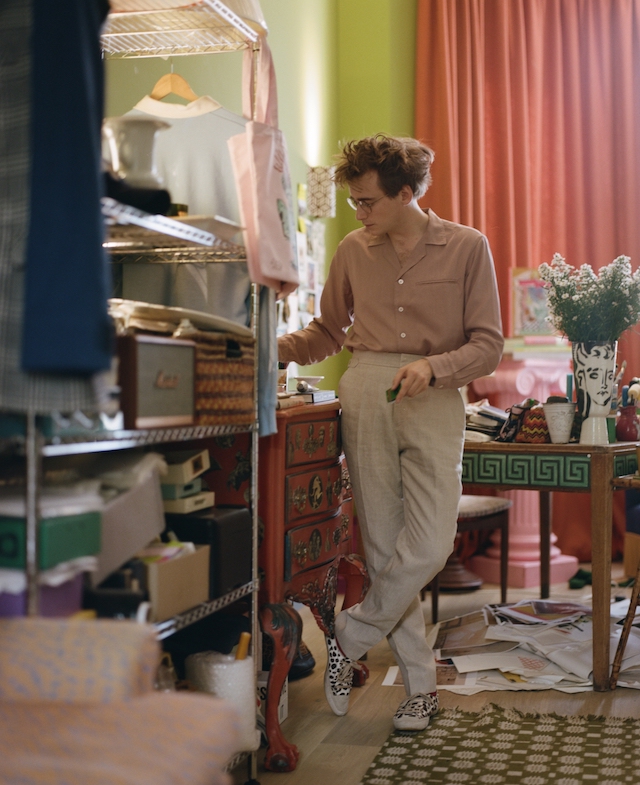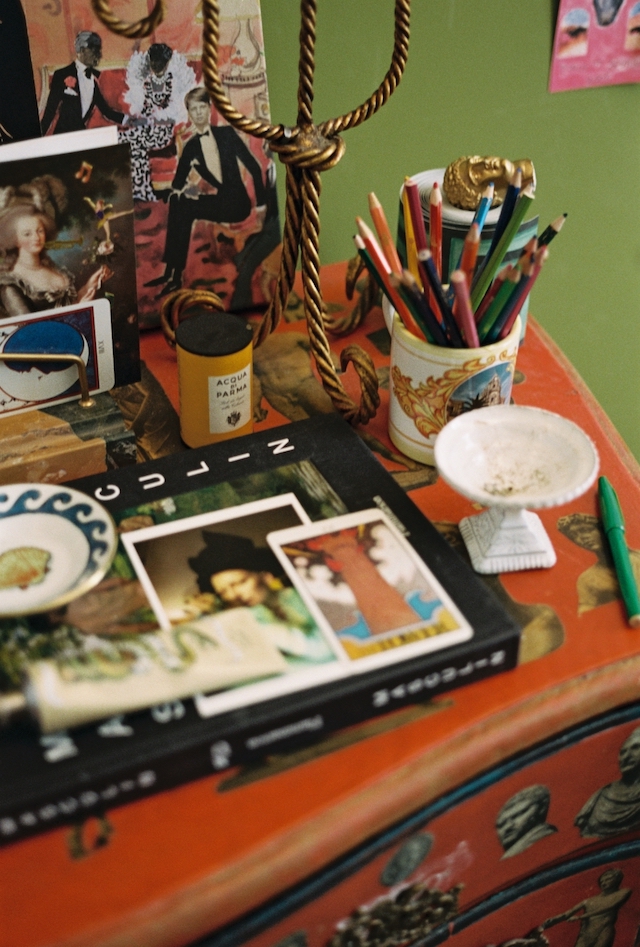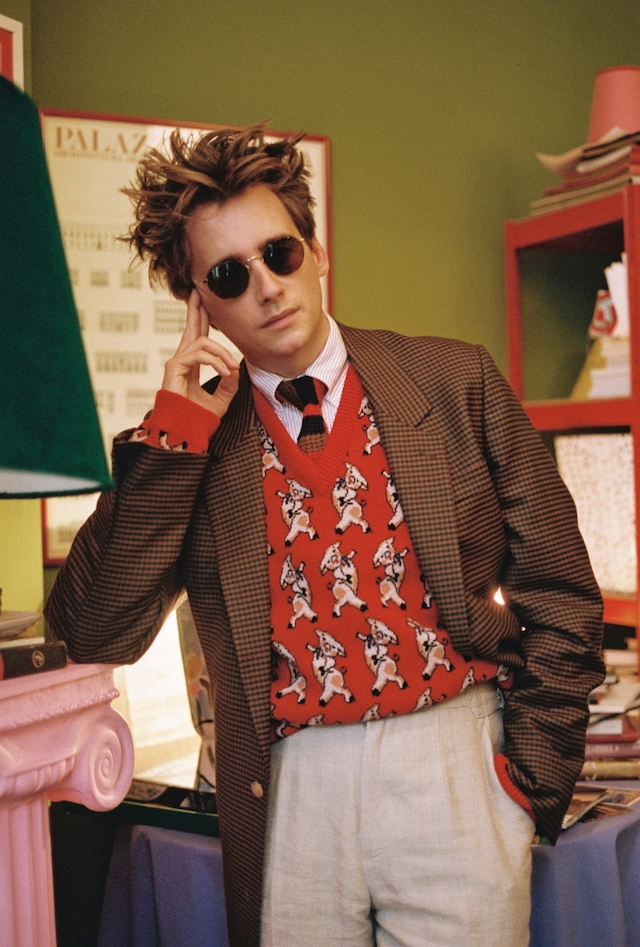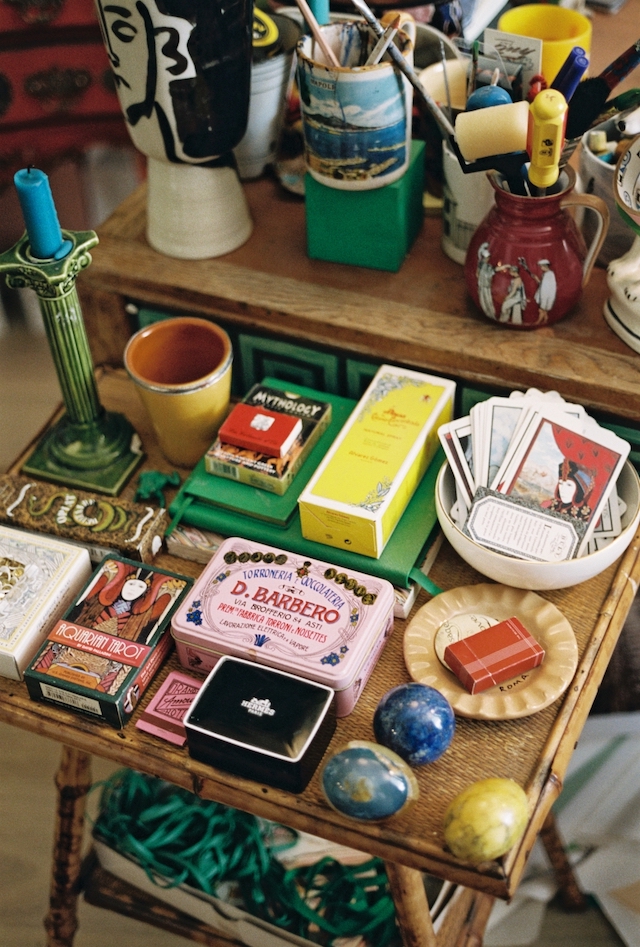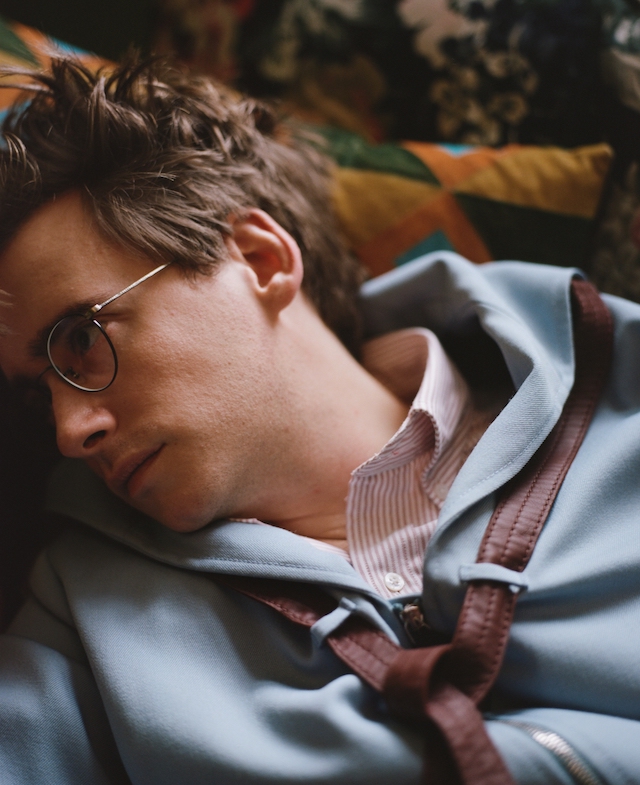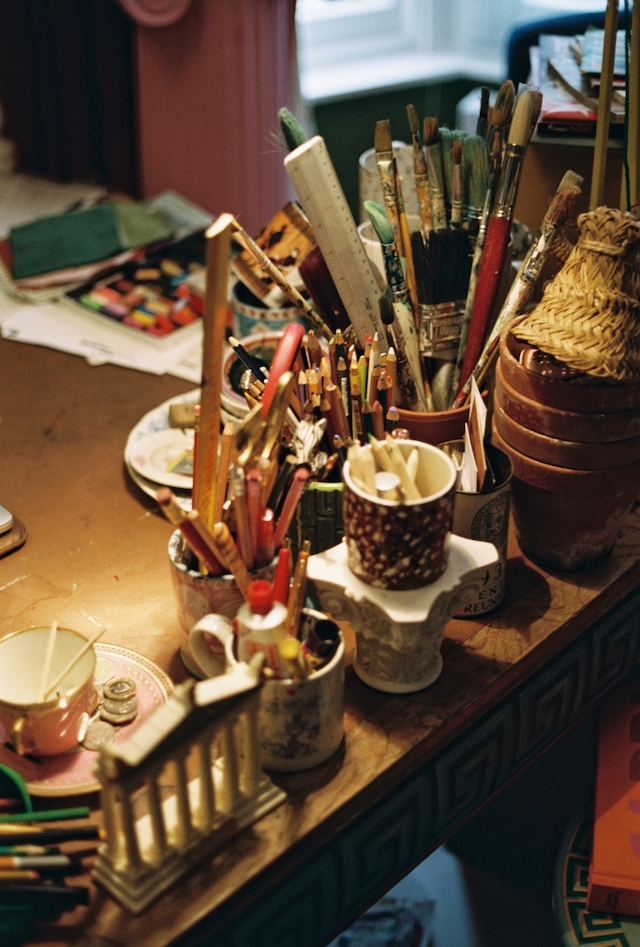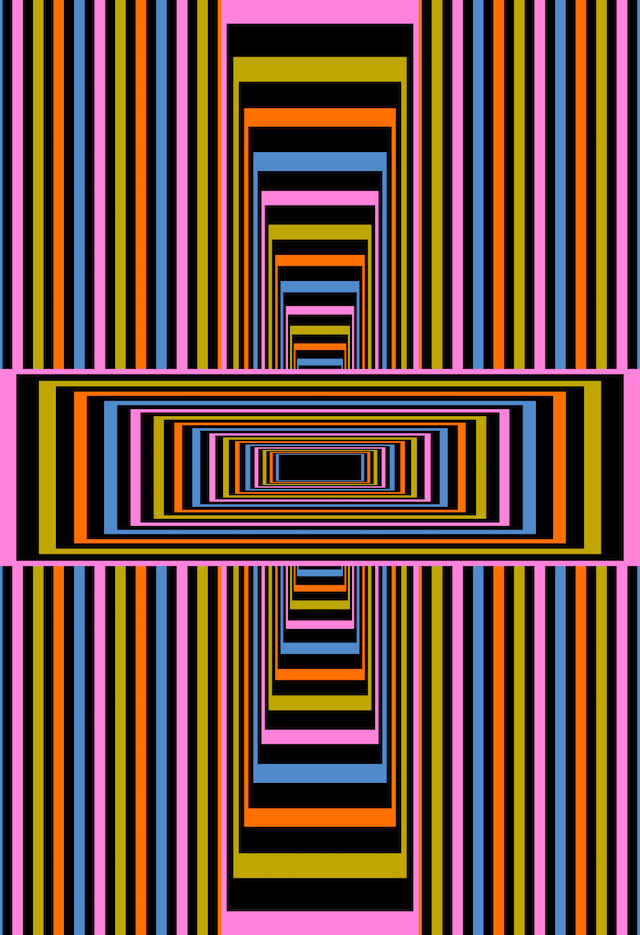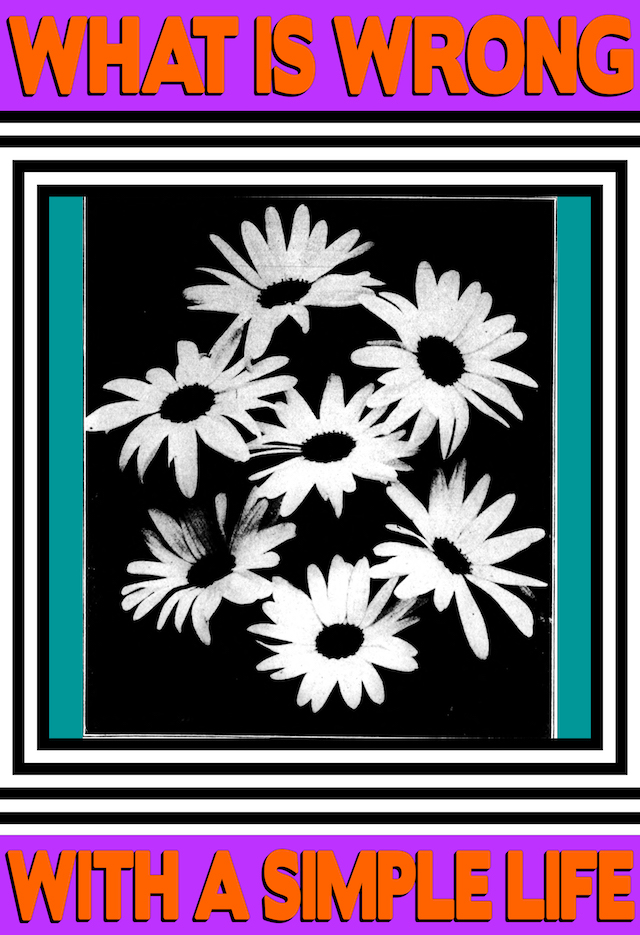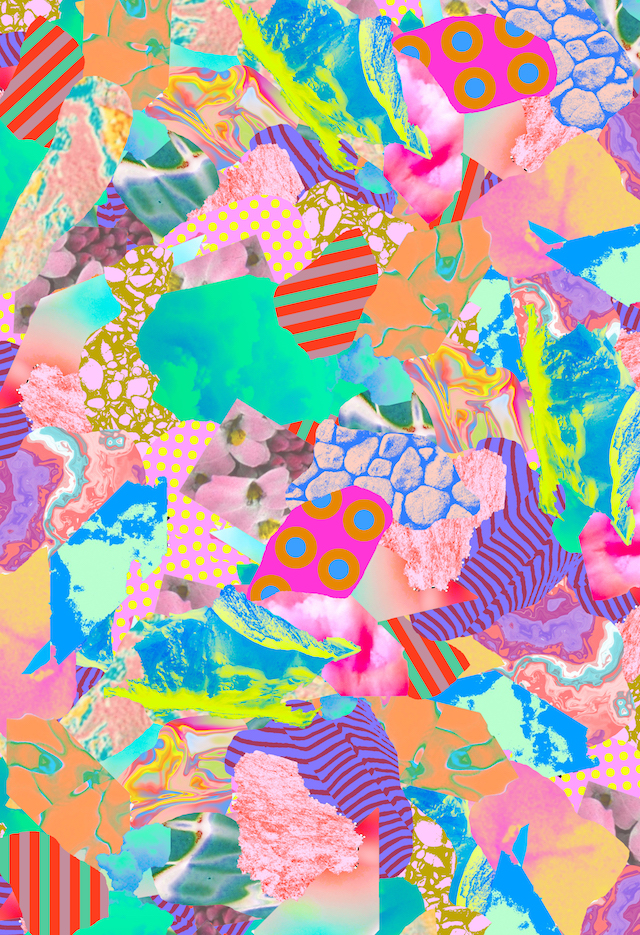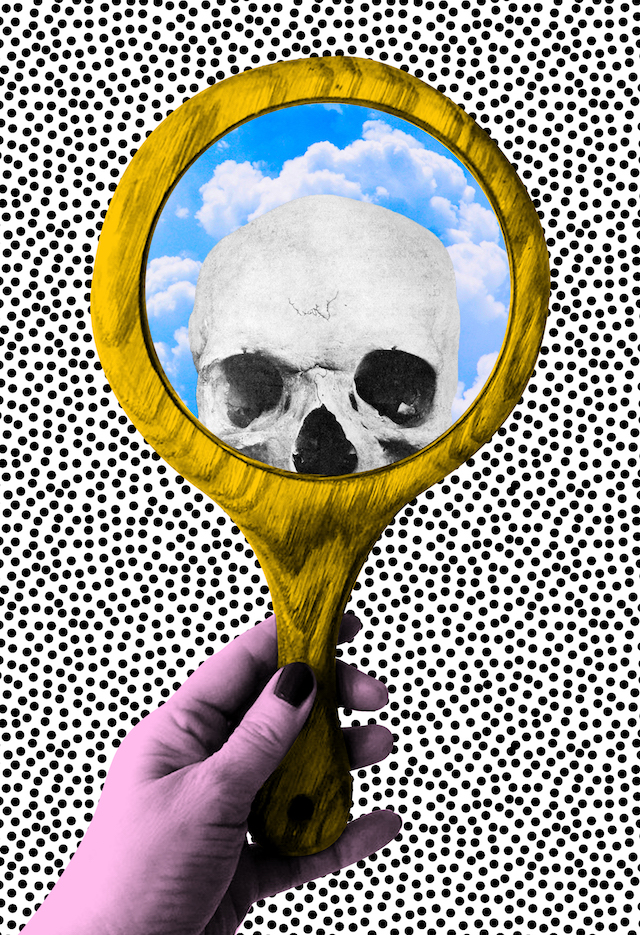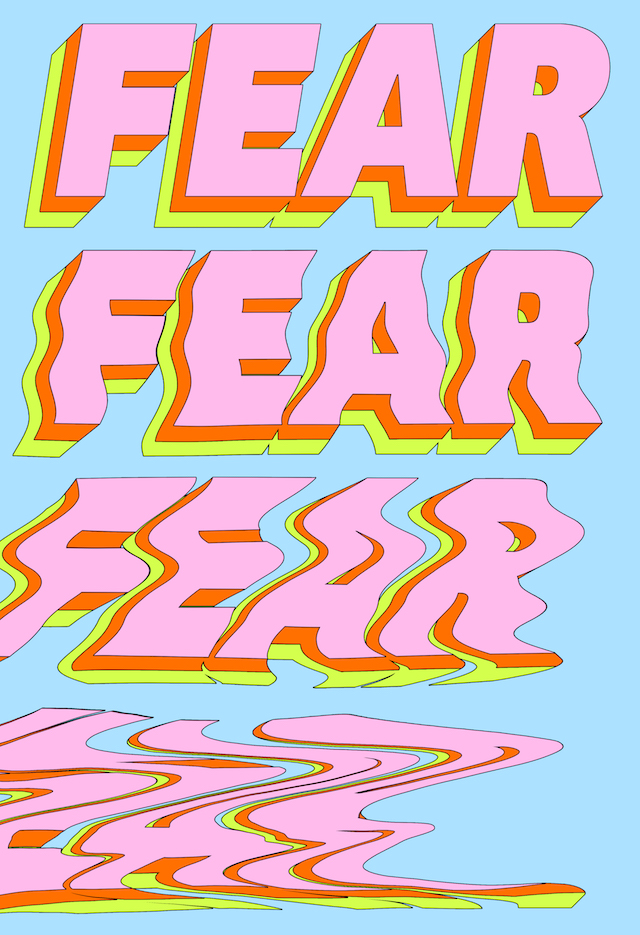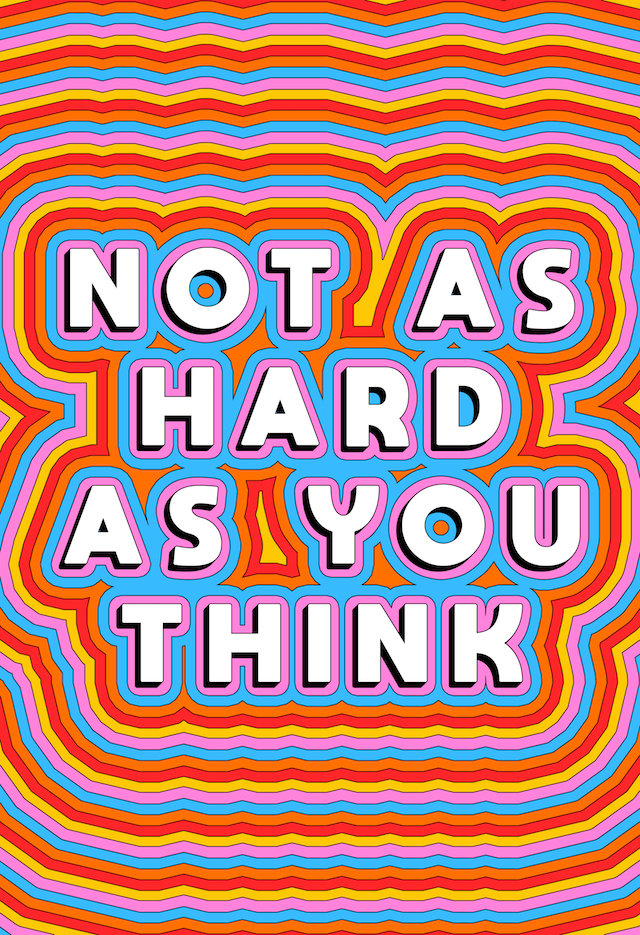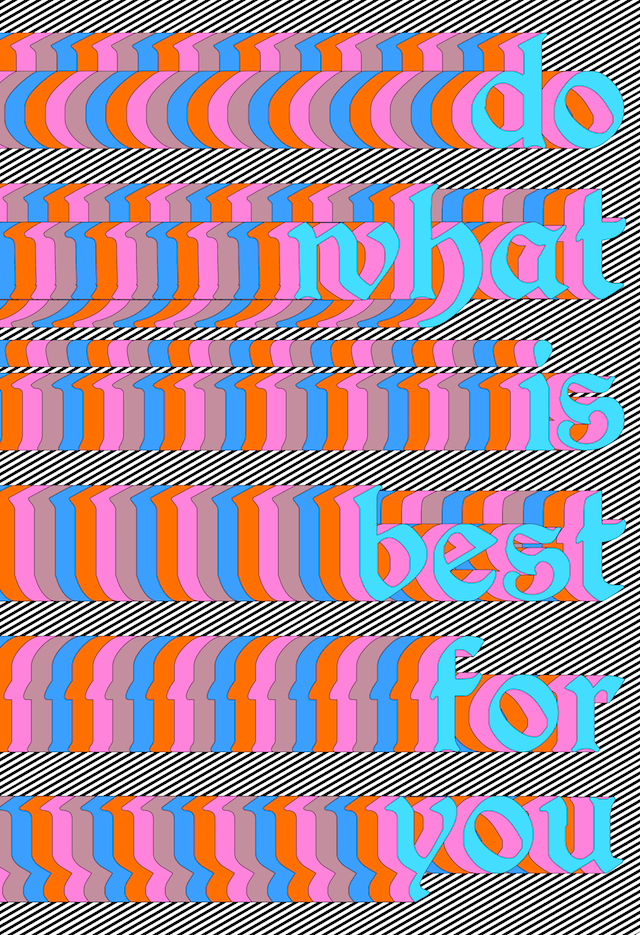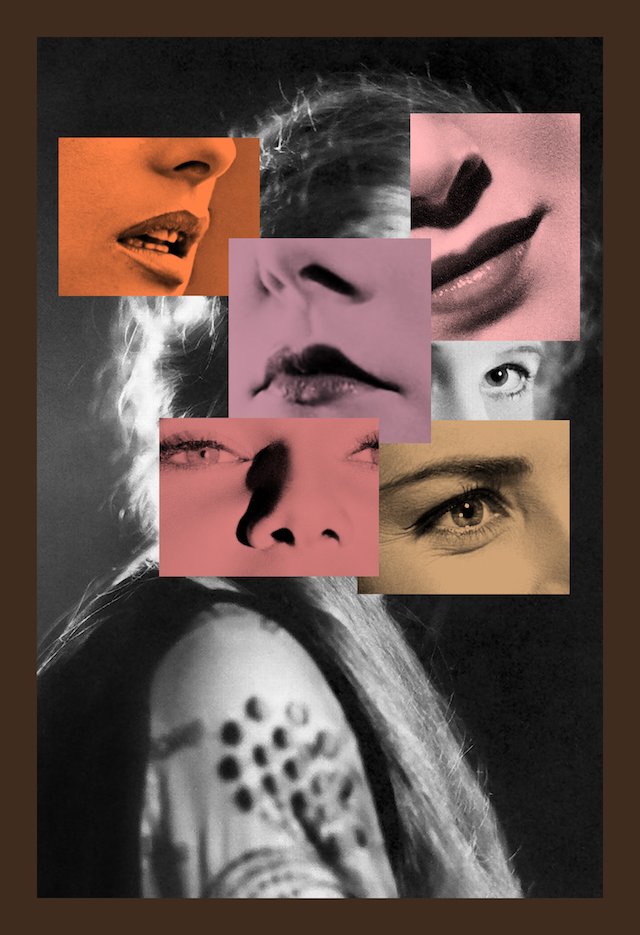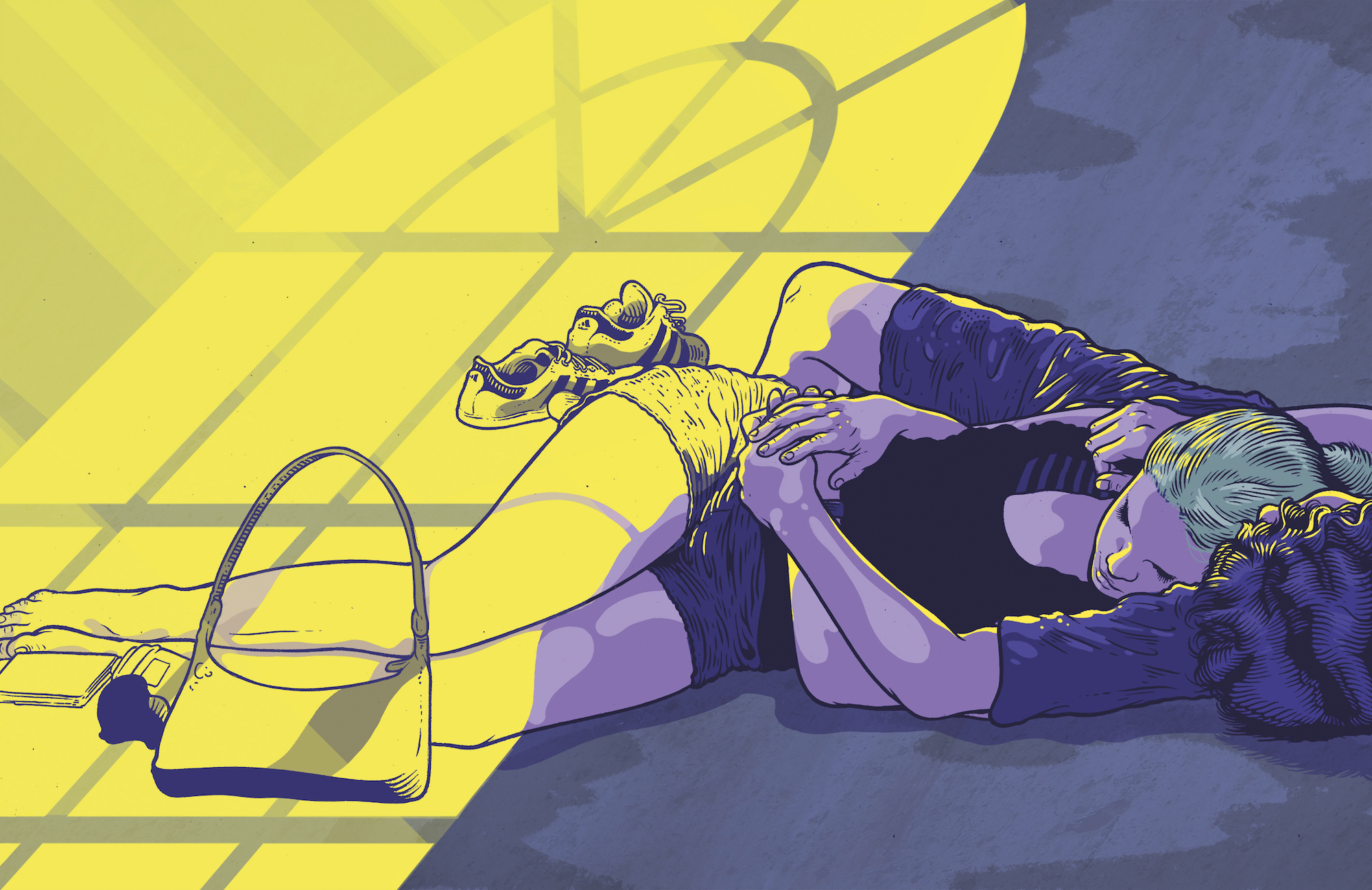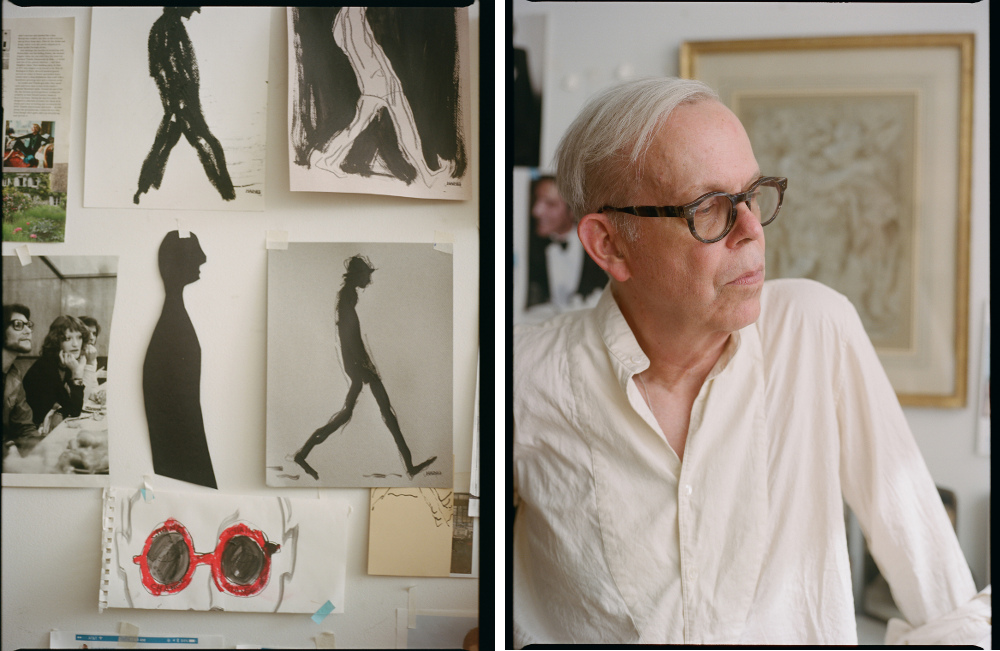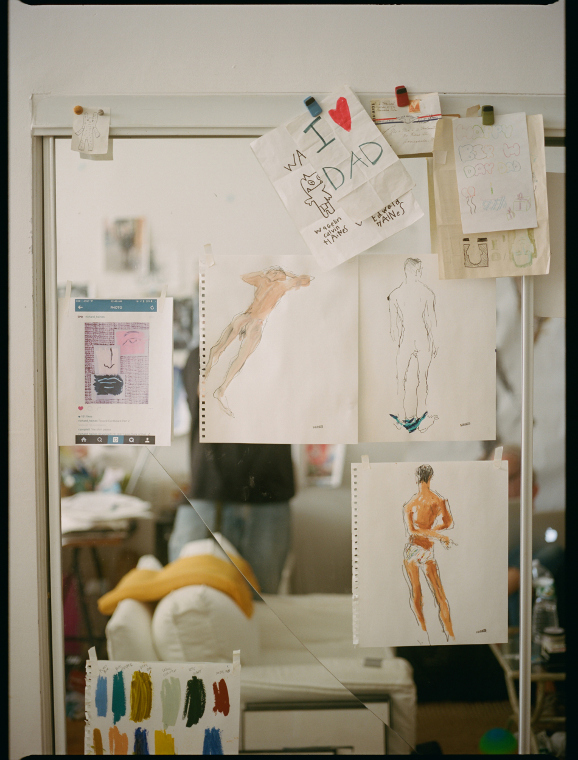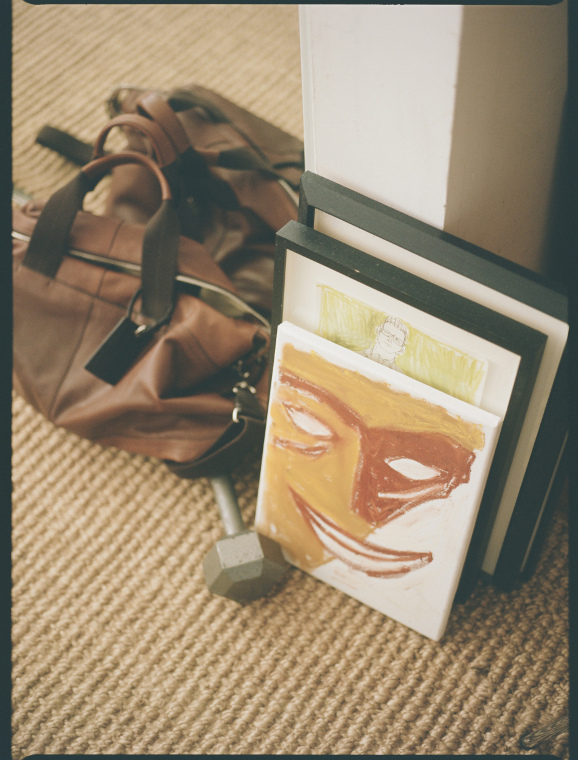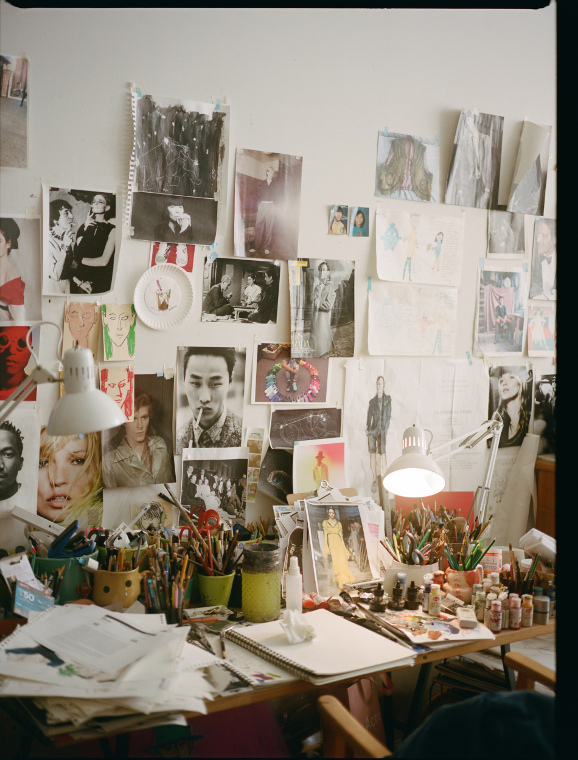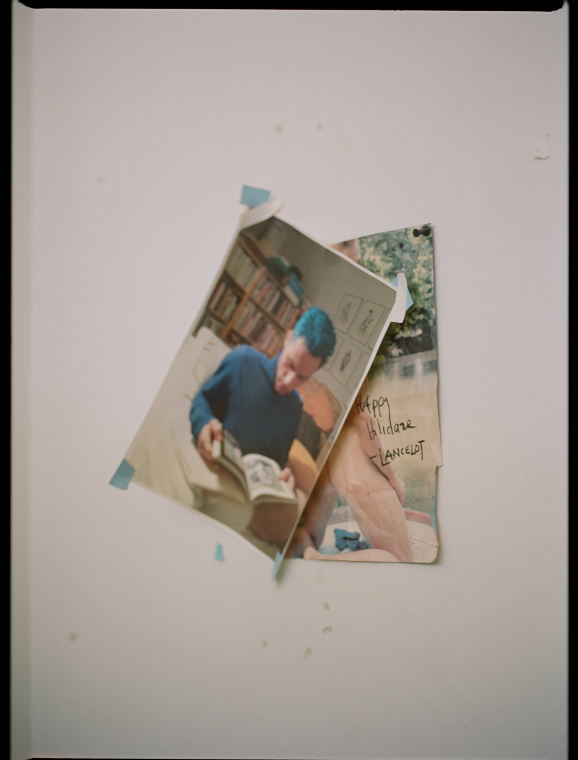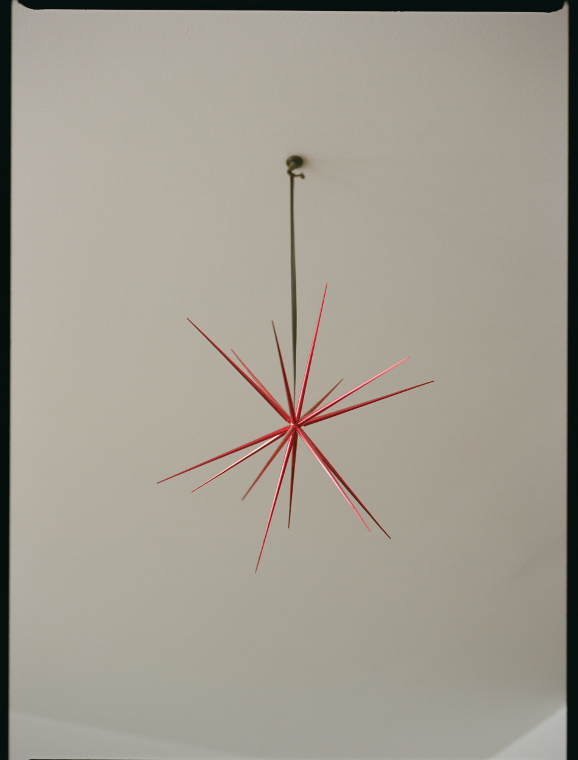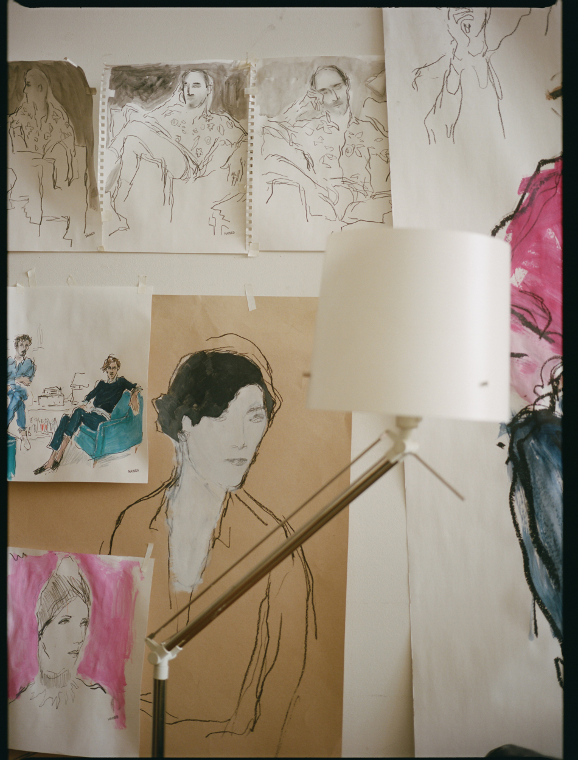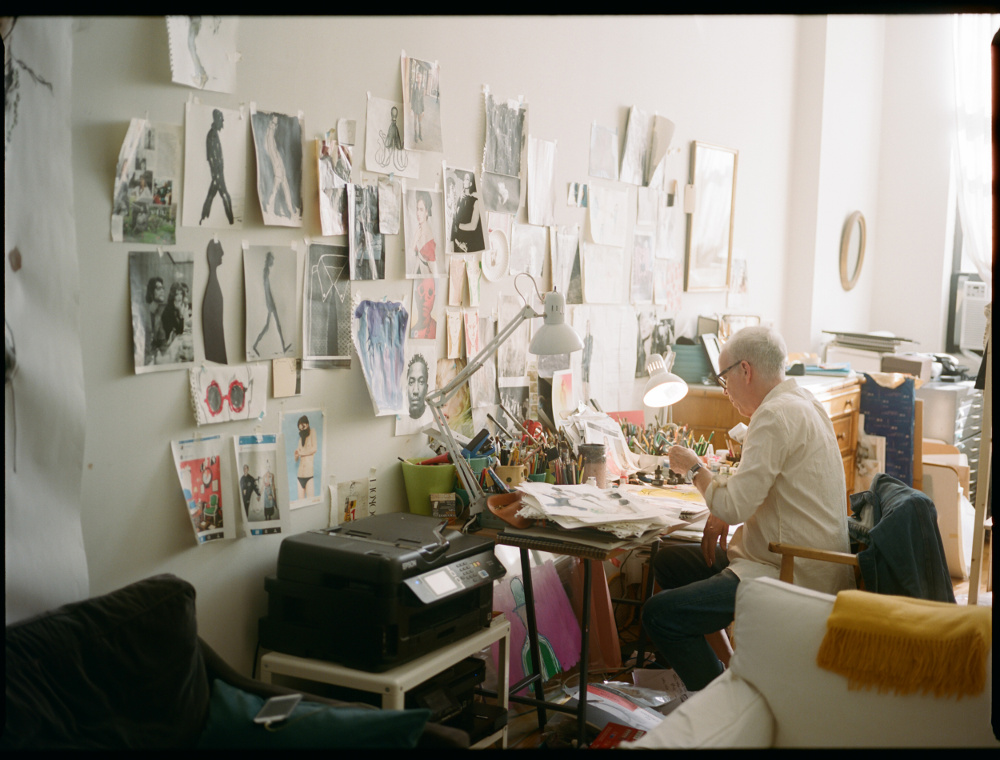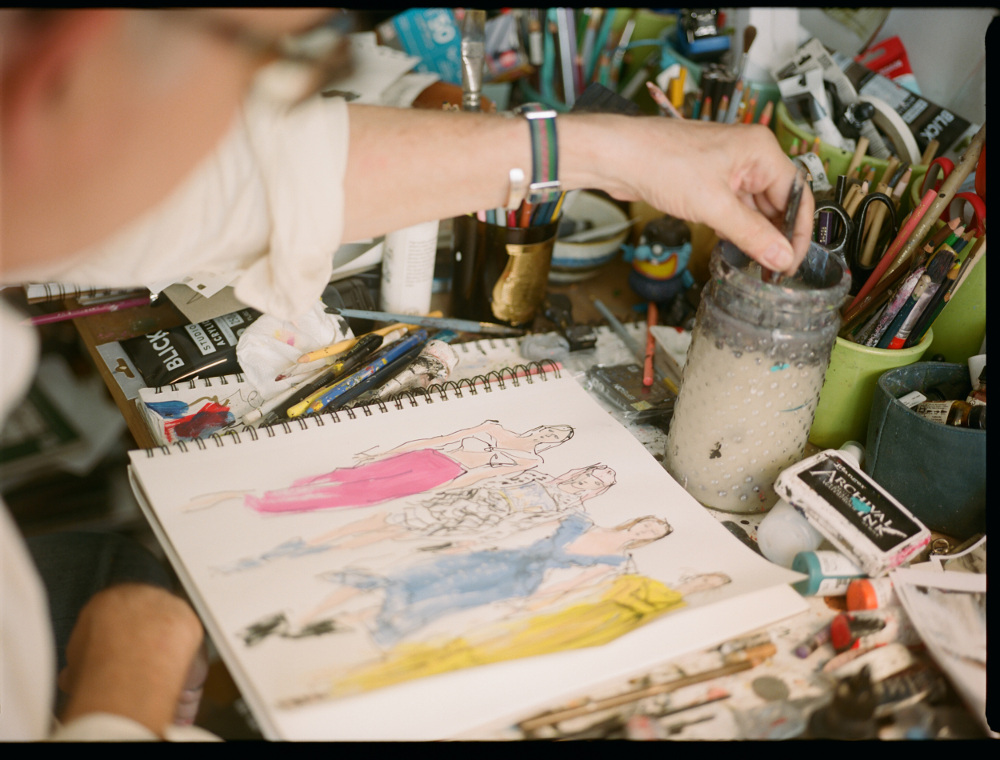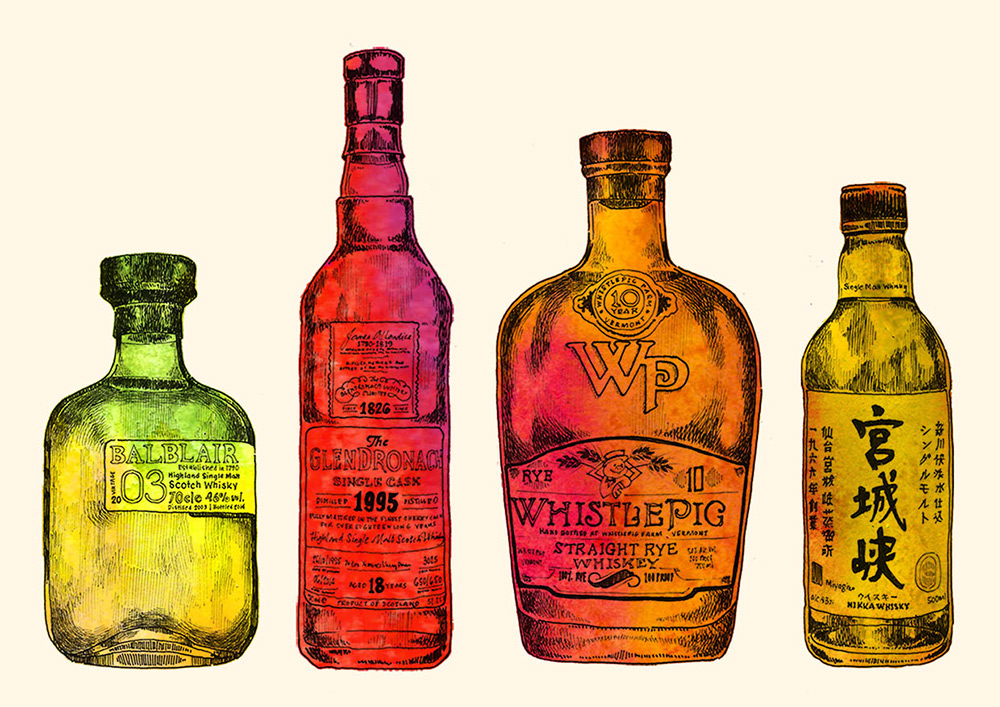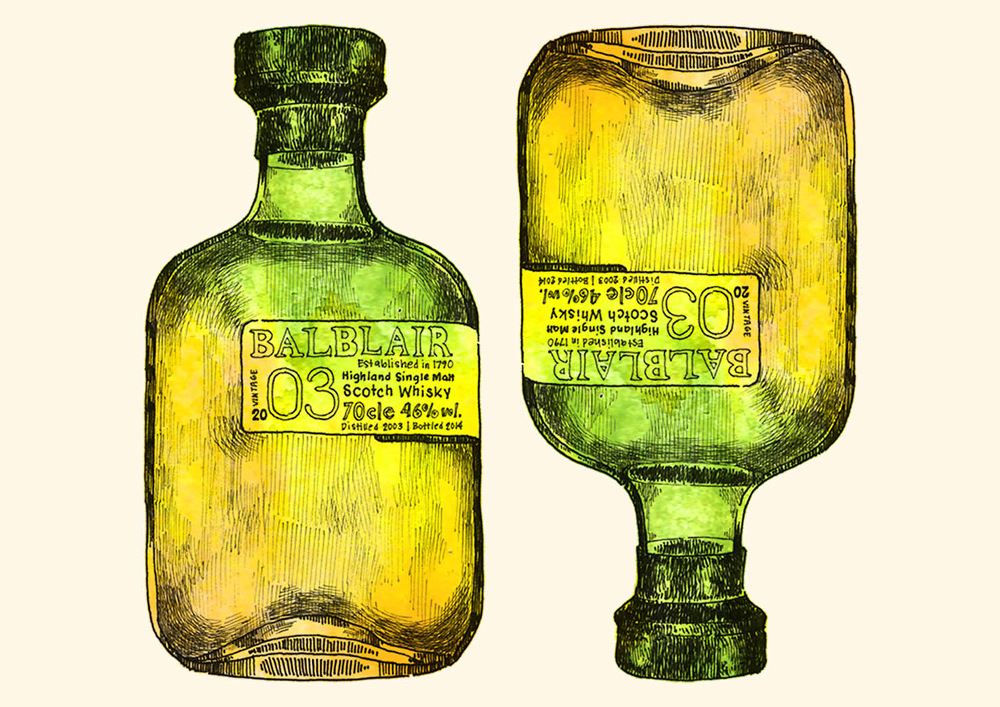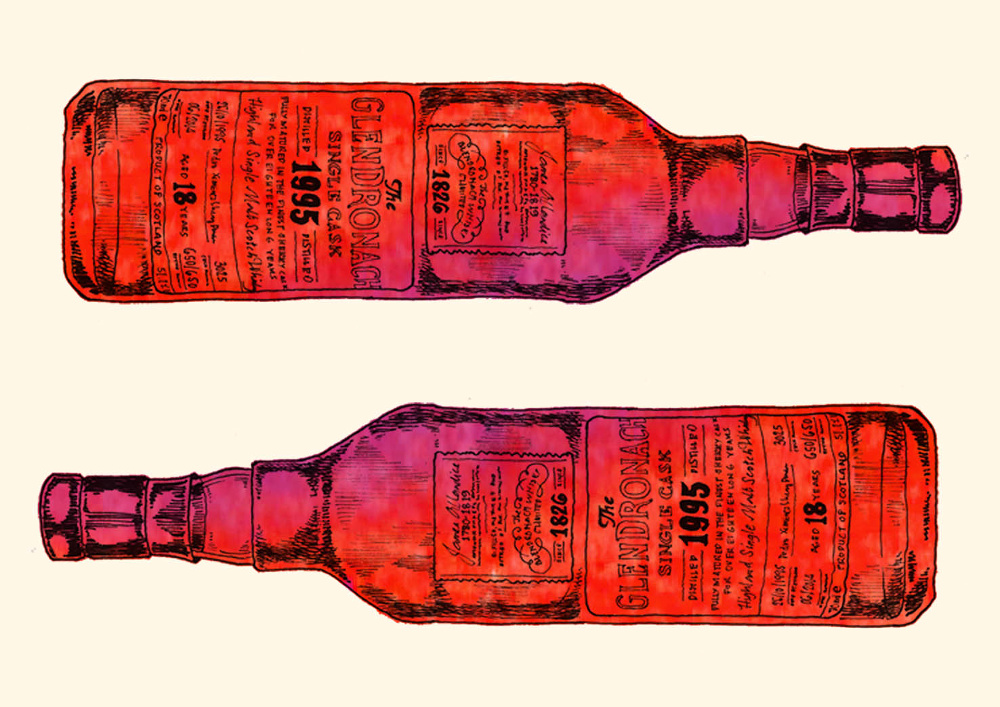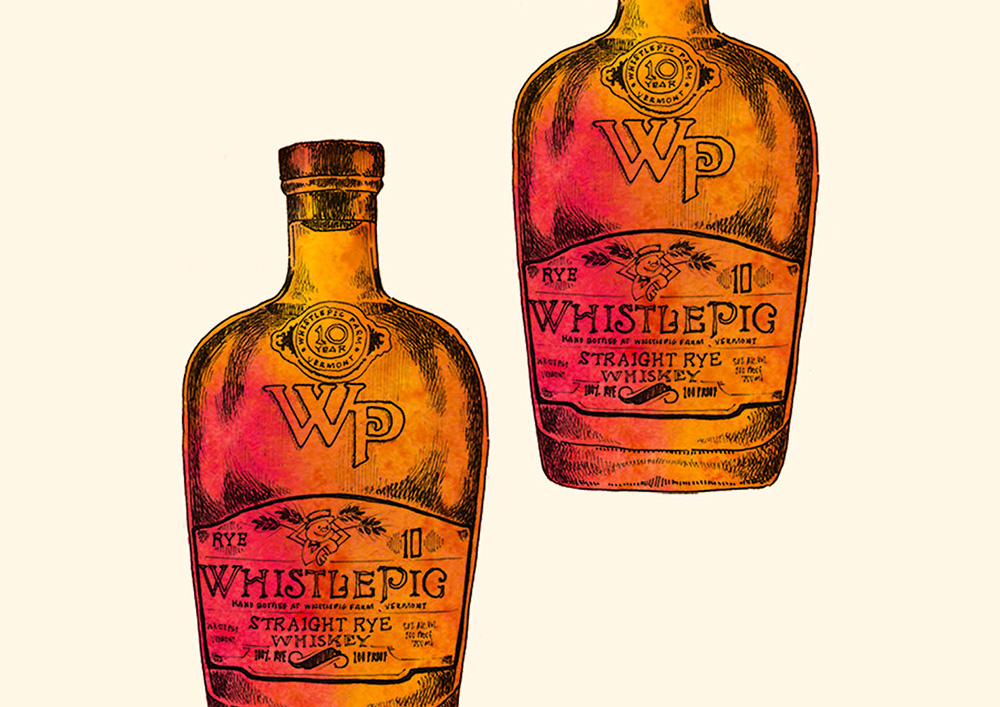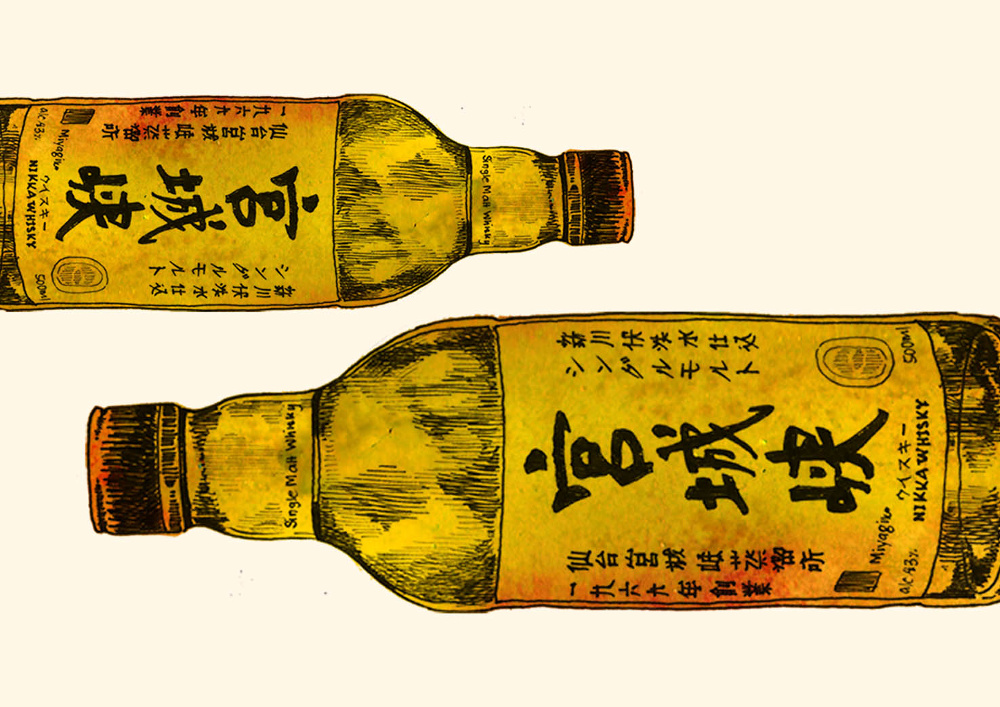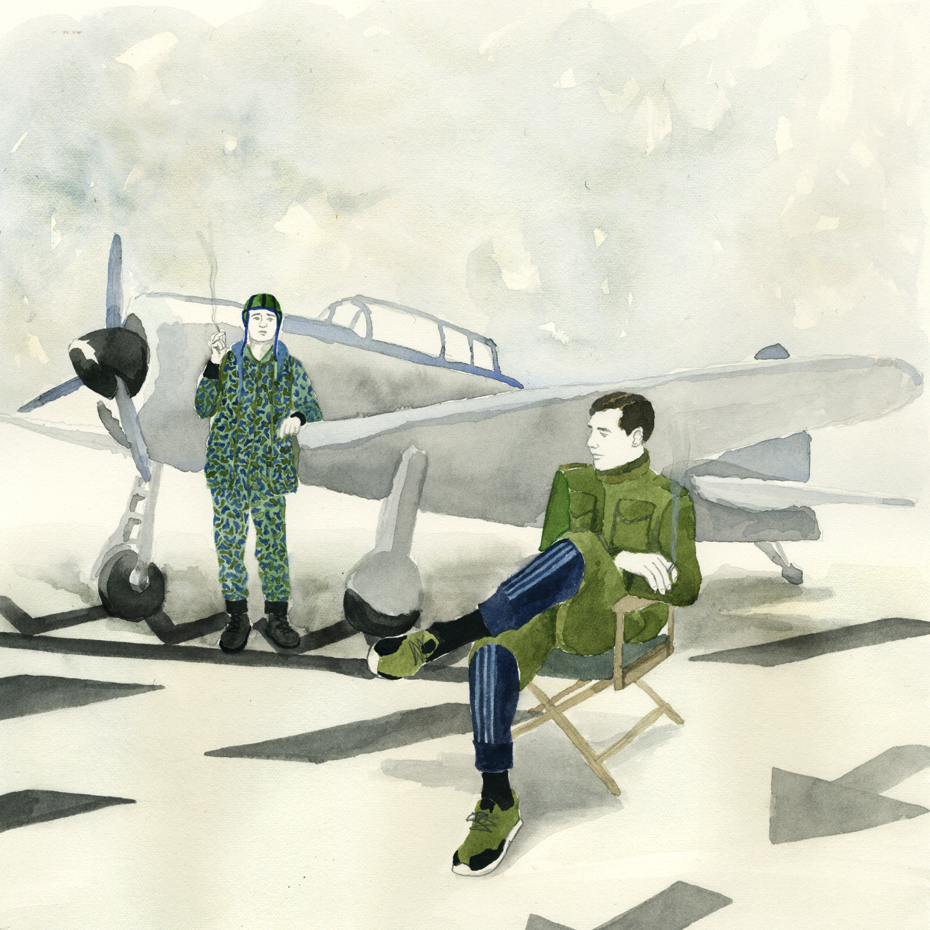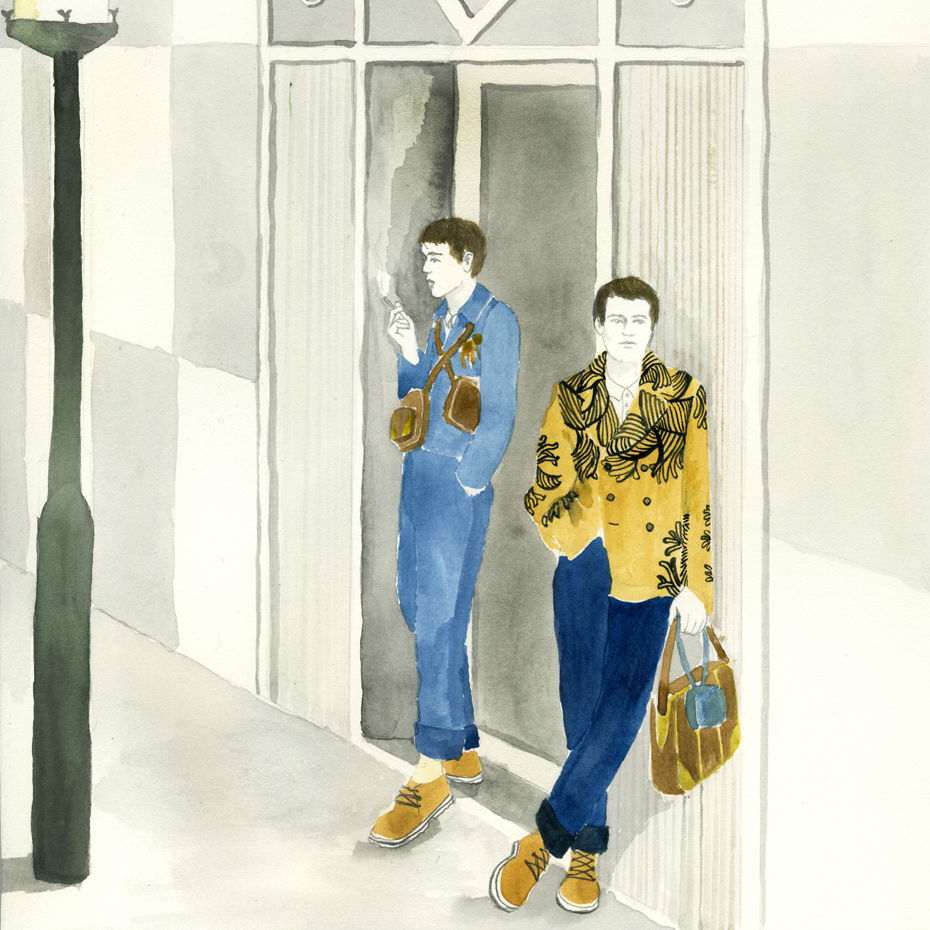The Greek painter and artist on his new graphic novel, an illusory and hypnogogic tale of a protagonist named Alpha

For one day, a man’s entire reality is about to be toppled. It all begins as he glares into the bathroom mirror, brow lines creased with exhaustion as he looks back at himself. He runs his hands through his hair and pieces start to fall into the sink. He reaches for a hat at the back of the door, and the scene ends. The following page starts in double vision, where the letter “A” is penned on a piece of marked paper. A man – who looks similar to before – appears to be dragged off into a surgical operation; injections, cameras, masks, a room full of doctors. The scene ends. The next eight-panelled page details a patient, slowly falling asleep on the left, while the doctors wait in anticipation on the right. The scene ends in darkness.
There are many more encounters of this kind, as the man wanders the streets of his hometown, journeying into unfathomable places. And these are all but a few of the vague and pensive moments found within Dimitris Anastasiou’s graphic novel, A=-A. A Greek painter and artist based in “sunny (but gloomy nonetheless)” Athens, it was around nine years ago in 2021 when he sparked a sudden urge to draw something – but not just anything, it was a picture of a man flying over the city of Athens. “That drawing felt like a part of a bigger narration and it made me wonder: ‘Who is this man? Why is he flying?’ It was obviously a dream scene – flying was a frequent dream of mine,” he says, before deciding to build on the narrative bit by bit and “weaving the oneiric word of A=-A.”

Dimitris’ A=-A can be likened to a state of consciousness, for it depicts the events that can only be conjured up in the nonsensical landscape of a dream. Hair falling out, flying, losing teeth or undergoing surgery; these are familiar themes in the extraordinary abyss of dreams, and themes that many can relate to. Since he was young, Dimitris has kept a dream journal, and he’s always enjoyed listening to others’ tell their nightly stories. “I could say that A=-A is based on real dreams, at least at its best part,” he continues. “I have always been fascinated by the dream world, this realm of uncertainty, of unwilling symbolism and of spontaneous visual poetry.”
In choosing the graphic novel as his preferred media to tell his hypnotic tales, Dimitris effortlessly combs his detailed drawings in with the disjointed structuring of his dreams. It’s an idyllic pairing no less, considering the ways in which dreams run in sequences. But it was never his intention to form an entire short story like this. Rather, he set out to create a few pages only, avoiding any script or series of events. Consequently this spawned a uniquely hand-made and evolutionary tale of a protagonist named Alpha – “someone who could be anyone”, or someone who’s perhaps devised from a dream. The character’s presence and intentions aren’t quite clear from the beginning, and you’re instantly hit with wondering whether or not this is the same person appearing over and over again in the pages. Who is Alpha, and what is his story?

There are a few things that do become known, however, and that is how Alpha is the first letter of the alphabet and also of Dimitris’ surname. He also started drawing Alpha six years ago with a pencil and paper, while “following the steps of my main character,” he says. “But was I trying to follow alpha as he was diving deeper and deeper into his oneiric world, I had to use different drawing styles and techniques.” That’s why, in the second chapter, you’re greeted with a comparatively different aesthetic: he’s using ink on paper, acrylics and coloured panicles. Then in a flippantly stark contrast to the monochromatic wanderings that came before, the next section details the more comic-like errands of his character, the “more grotesque, more expressionistic”.
Things change once again in the third chapter, the final chapter, which is composed entirely of colour. In this part, Dimitris has painted each frame separately with oil on canvas, before photographing the images and arranging the sequences on the computer. It’s the more realistic part of the mind-bending narrative and one that tilts the axis of the novel into a more regular world (or so it seems). “Alpha believes that he has awoken and that everything is back to normal. But very soon, he realises that his world is as normal as a goat standing on a bed.”

Many questions will hatch when observing Dimitris’ beautiful, although highly speculative graphic novel. There’s a character, like you and I, who’s striving to find some certainty in life, “even a tiny piece of solid ground on which to firmly stand,” adds Dimitris. “He needs some kind of an existential axiom to use as a basis of his life. Instead of that, he finds himself being constantly out of balance, doubting even the most elementary constants. To me, this is the core of western thinking. Skepticism is what makes the western philosophy both strong and weak. It is a sign of health but at the same time a sign of sickness. I think this is what makes our situation fascinating.”
Dimitris has drawn up an engrossing network of thought and doubt, where beautiful markings probe into the role of humankind and the free-running mind of its people. But if you’re looking for answers in A=-A, then you’re not getting any. Dimitris wants you – and Alpha – to continue being curious. “‘But is doubt helpful?’ one might ask. ‘Do people not need certainties in order to live?’ I suppose so, nobody likes a doctor who doubts his own diagnosis. But maybe philosophical questions are not made to be answered, at least not once and for all. And maybe works of art are not supposed to give answers, but to pose meaningful questions.”
A=-A by Dimitris Anastasiou, published 29 July by Jonathan Cape, a part of Vintage Books











